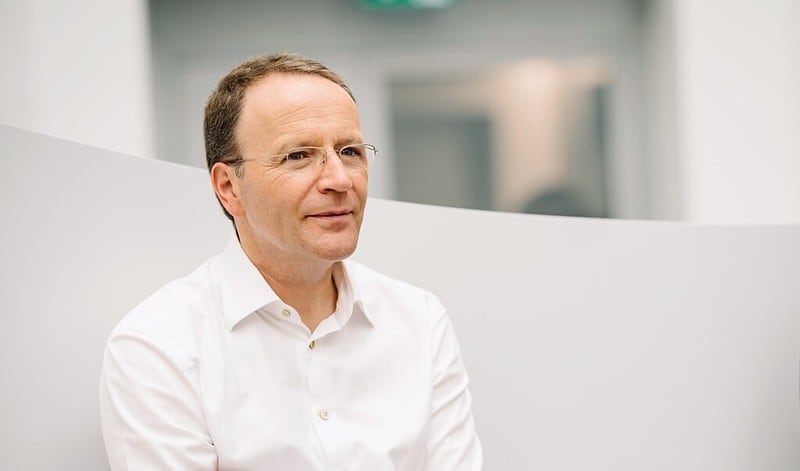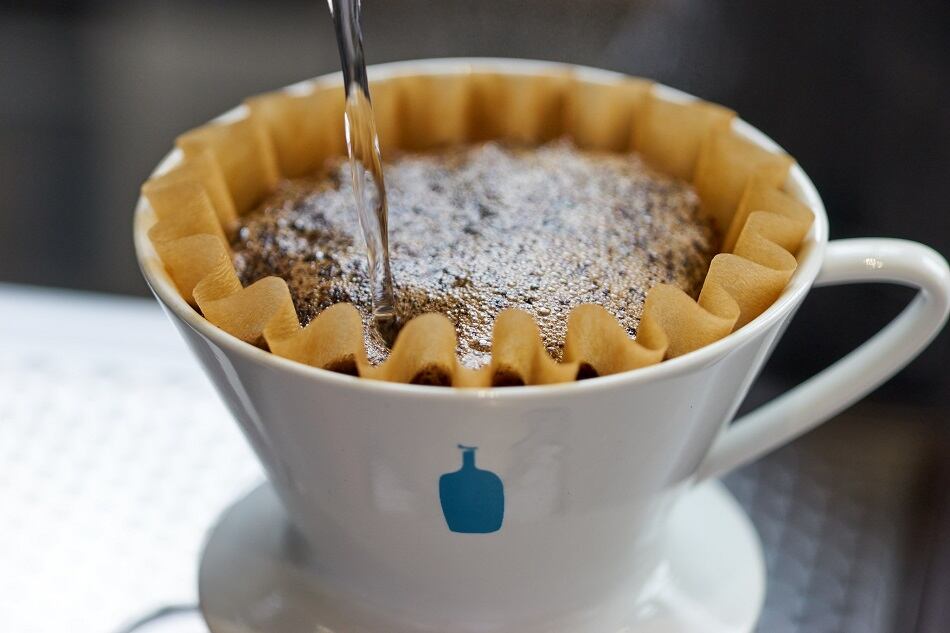This dedication is rooted in the belief that consumer demand for convenience and elevated experiences will fuel a “rebound” in online shopping in the coming years that will overcome the current post peak pandemic slowdown, said Bernard Meunier, executive vice president and head of strategic business units and marketing and sales at Nestlé.
Citing estimates that internet users globally spent on average 147 minutes on social media per day in 2022 and that 60% of consumers say they plan to shop digital channels more, Meunier argued e-commerce will continue to climb – paving the way for new business models that will further boost online shopping, including social commerce, which he predicts will triple by 2025, and “new monetization models of retailers that are commercializing their online real estate and their access to shoppers.”
During Nestlé’s investor day Nov. 28, Meunier explained that tapping into this demand and these new business models are a “source of significant competitive advantage” for Nestle.
However, he also acknowledged that building traffic across Nestlé’s branded digital platforms and connecting consumers seamlessly with retailers’ ecosystems or the Nestlé’s direct-to-consumer options will be a “formidable challenge.”
To seize what Meunier characterized as a “fantastic opportunity,” he explained Nestle embarked on a “transformational journey” last fall that will require the company to cultivate direct consumer access at scale, develop next level digital content, embrace an ‘always on’ analytic approach and work with retailers as they create “channel-less commerce.”
The company is already well on its way to reach of these milestones, according to Aude Gandon, global chief marketing officer at Nestlé.
Connecting directly with consumers
For example, she explained that Nestlé is already well on its way to doubling the amount of first party data that it acquires through its website and other company properties from 205 million consumer data records collected in January 2021 to having 248 million by the half way mark of 2022.
One of the most effective ways that Nestle has consensually gathered consumer data is through its recipe websites in Latin America which receive more than 200 million visits a month and allows Nestlé to see the types of foods and beverages consumers want and what type of products they may need, Grandon said.
Leveraging consumer data more efficiently
Gathering the data is only the first step – the second is effectively using it, Grandon said, noting Nestlé is leveraging consumer data to develop precision marketing, hone occasion-based marketing and improve content personalization.
For example, Grandon said, Nestlé was able to unlock a 25% improvement on its return on ad spend for a brand sold in the Middle East and North Africa but timing marketing messages to align with when shoppers are looking for dinner ideas.
To further improve the ROI of digital marketing, Grandon said that Nestlé has partnered with a company that uses AI machine learning to track each digital asset and assess what is driving its efficiency – or lack there of – across different platforms.
This data is then used to shape future campaigns and create additional assets – which Nestlé now does in-house through a network of internal studios around the world rather than through multiple digital partners – a move that Grandon said is 50% more efficient. Similarly, Nestlé has internalized its marketing expertise across the digital value chain by adding more than 1,000 digital specialists, which allowed it to improve its marketing efficiency 57%.
‘Channel-less is a massive transformation’
The last piece in Nestlé’s blueprint for accelerating e-commerce growth is to work retailers as they adopt a ‘channel-less’ marketing approach, which Meunier described as the next evolution of omni-channel in which retailers become “ecosystems” with a seamless presence across all channels.
“It is not just Amazon and Alibaba” that are now channel-less, said Meunier. “It is also more and more the brick and mortar retailers that are building broad ecosystems that combine physical stores at the core, but with e-commerce last mile delivery platforms as well as media offers and many other services, such as financial and health services.”
This transition allows retailers to capture more value and more data from each shopper – which Nestle wants as well, Meunier said.
“For us, this transformation has three imperatives: first … we need to build our own ecosystems to have direct access and engagement with consumers at scale. Second, there’s more and more data that is more and more granular and complex. So we need to develop our analytics capabilities to deal with this huge amount of data. And the third implication is that we need to win everywhere,” he said.
Between 2018 and 2020, the weight of our e-commerce in our sales nearly doubled from seven to 13%.
If this sounds circular, that is because it is, Meunier added. Each of these priorities feed into the others, building up Nestle’s ecommerce capabilities and consumer engagement.
And it is working, he said.
“Between 2018 and 2020, the weight of our e-commerce in our sales nearly doubled from seven to 13%. Now, in 2022, in the post-COVID era, we see a certain slowdown of that growth, but we still continue to see that growth come in and we are above 15% for the first nine months of the year,” he said.
By holding the course, Nestlé will likely achieve 20-22% by 2025, but for it to reach its goal of 25% it will need to embrace last mile delivery platforms, develop its own B2B platforms that allow it to sell to mom and pop stores, strategically partner with pure players, such as Amazon, and increase the number of SKUS available through ecommerce, Meunier said.
This will require more internal capabilities, which Nestlé is building out by training more than 30,000 people through its eBusiness Academy and upskilling 11,000 people, he said.
Ultimately, while Nestlé’s digital transformation includes many moving parts – and many more people – Meunier said he is confident the path forward for the food and beverage industry is tech and data driven and that Nestlé is on the right course.




